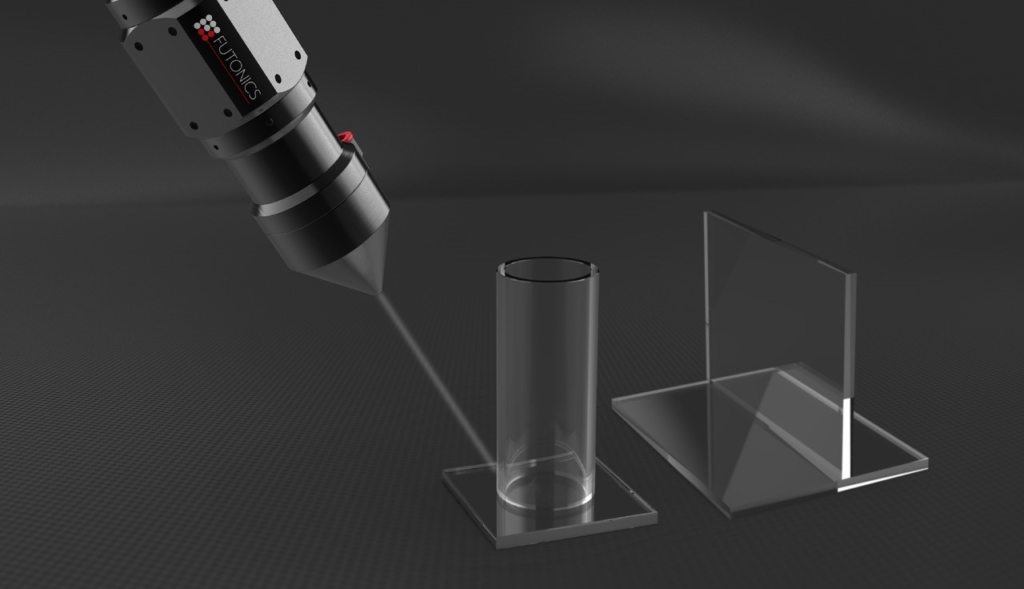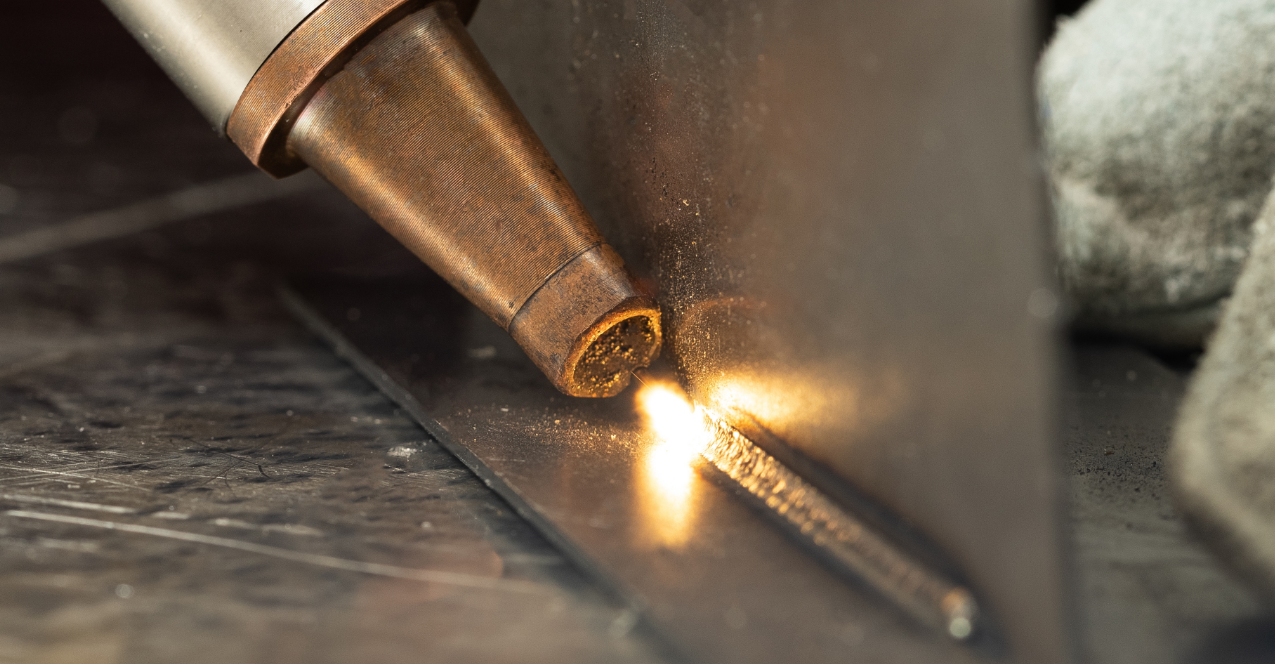Welding isn’t one-size-fits-all. Need pinpoint accuracy with no heat damage? Or fast, deep welds on tough metals? The battle between pulsed and continuous wave laser welding starts here. Let’s break down which one wins for your next job.
Power Output and Energy Delivery
If I compare pulsed laser welding and continuous wave (CW) laser welding, I see that power output and energy delivery really define how they are used and what they achieve.
Pulsed Laser Power and Peak Energy
Pulsed laser welding machines deliver energy in quick bursts, providing high peak power for short durations—like a 25W Nd:YAG reaching 5 kW peaks for a few milliseconds. This energy is stored and rapidly released, enabling welds to form through overlapping spot welds. I recommend 80–90% overlap for airtight seals and 70% for structural joints. Because these machines generate minimal heat input, they’re ideal for thin, heat-sensitive materials and reflective metals like copper and aluminum. An initial enhanced pulse helps overcome reflectivity, ensuring a solid weld start.
CW Laser Power and Continuous Delivery
Continuous wave (CW) Laser welding machines deliver a steady power output, typically from 200 W to over 100,000 W, making them ideal for deep penetration and thick material welding. I find a feed rate around 100 inches per minute offers a good balance between speed and heat input. Slower feed speeds can increase penetration but also enlarge the heat-affected zone (HAZ), which may not suit all applications.
So, what’s my take? I’d say pulsed lasers are great for very precise jobs where you need to keep heat down. On the other hand, CW lasers provide steady energy. This makes them good for welds that need to be deeper, larger, or done faster.
Heat Control and Thermal Effects
Discussing heat control and the thermal effects of laser welding, I find the differences between pulsed laser and continuous wave (CW) laser welding machine quite clear.
Thermal Management in Pulsed Laser Welding
Pulsed laser welding delivers energy in short, intense bursts, with adjustable pulse duration and frequency. This allows precise heat control, keeping the heat-affected zone (HAZ) small—typically just 10–100 microns. In my experience, this results in minimal thermal distortion, which is crucial for heat-sensitive materials and precision components.
I think it’s great for micro-welding, thin sheets, and parts needing exact dimensions. In my own work with electronics and making medical devices, I’ve found pulsed laser welding really helps keep parts precise and undamaged.
Heat Effects with Continuous Wave (CW) Laser Welding
CW laser welding delivers continuous energy, enabling higher average power and deeper welds, ideal for thick materials and high-volume production. However, the constant heat input creates a larger heat-affected zone (HAZ), which I’ve found can cause thermal distortion or overheating—especially on thin or heat-sensitive materials where managing heat is critical.
Based on my experience, I recommend CW laser welding when welding speed and depth are more important than reducing heat effects. I find it useful in places like automotive or pipeline manufacturing.
Pulsed laser welding offers precise heat control, low distortion, and clean micro-welds, making it ideal for high-precision tasks. In contrast, CW laser welding delivers deeper, faster welds, but with more heat and a larger HAZ, which suits thicker, less sensitive materials. It’s important to choose the right method based on your material and application needs.
Material Compatibility with Lasers
I’ve found that Pulsed Laser Welding and Continuous Wave (CW) Laser Welding each have unique strengths with various materials. Your choice between these methods depends on the material’s properties and what you want to achieve.
Metals
I recommend CW laser welding Machine for thick materials and deep welds (over 0.060″). It’s especially good for brittle metals like high-carbon stainless steel. From my experience, 200W is enough for welding stainless steel, but reflective metals like aluminum and copper need 600–800W for stable results.
For precision marking and engraving, Pulsed Laser Welding Machine is excellent. These lasers use intense, short energy bursts with each pulse. This makes them a strong choice for reflective metals like copper and aluminum, which can be tricky for CW lasers. I’ve noticed the high initial energy helps cut through the surface reflection. This gives the weld a strong start.
Plastics
In my view, CW Lasers are good for welding and cutting plastics. This is because they deliver energy continuously.
I’ve seen Pulsed Lasers create excellent high-contrast marks on plastics. This makes them a great choice if you need clear identification marks or decorative finishes on your plastic items.
Wood
I’ve observed that CW Lasers carry a high risk of burning wood surfaces. This burning can damage the wood’s structure.
I believe Pulsed Lasers are a better choice for precision engraving on wood. They offer controlled energy. This control lessens the burn risk and helps produce clean results.
Glass
From what I’ve seen, CW Lasers are not very effective on glass. The heat they generate can cause stress. This stress can lead to cracks or other types of damage.
Pulsed Lasers reduce stress on the glass during marking. I find them suitable for delicate glass pieces. These applications usually require minimal changes to the surface.
Concrete and Stone
From my experience, people use CW Lasers mostly for shallow, surface-level work on concrete and stone.
With Pulsed Lasers, I can do micro-engraving and detailed cleaning. This allows for fine finishes. It also helps avoid damaging the material next to the work area.
Weld Precision and Control
For weld precision and control, I think pulsed laser welding machine offers great finesse and adaptability. This is clear when you compare it to continuous wave (CW) systems.
Pulsed Laser: Ultimate Control for Precision Jobs
Pulsed lasers deliver very high peak power in short bursts, like a 25W Nd:YAG laser reaching 5000W for a few milliseconds. This creates precise spot welds that CW lasers can’t easily match without being larger and more expensive.
Welds are formed by overlapping pulses—I suggest 80–90% overlap for airtight seals, and 70% for structural joints. You can adjust pulse duration and frequency to change the weld’s shape and depth.
Heat is well controlled, which reduces the risk of warping or damaging heat-sensitive materials. The heat-affected zone stays small, keeping the material’s properties intact.
For reflective metals like copper or aluminum, the first pulse cuts through surface reflection, avoiding excess heat buildup—a common issue with CW lasers.
CW Laser Welding: Speed and Simplicity for Large Jobs
CW laser welding gives you constant, even energy. I find this ideal for deep, fast welds on thick materials. It’s also useful for large-scale manufacturing if precise control isn’t your main concern.
But, because you can’t adjust the energy, you get bigger HAZs and more risk of distortion. For delicate or thin parts, this can cause too much deformation or spoil the tolerance.
In my experience, welders in these industries often use pulsed laser technology. They choose it for jobs needing high precision and strict control that cannot be compromised.
Applications and Use Cases for Pulsed Laser vs. Continuous Wave (CW) Laser Welding
I find that laser welding machine tech has different pluses. It depends if you pick pulsed or continuous wave (CW) lasers. What you’re doing and your materials will guide your decision. Let me give you a clear look at main uses, industry examples, and some advice I think is practical.
Pulsed Laser Welding: Precision for Delicate and Demanding Jobs
Top Applications:
– Welding heat-sensitive parts: I recommend pulsed laser welding for electronics and medical devices. It’s great because low heat input stops damage to nearby parts that don’t like heat.
– Thin-walled items: Pulsed lasers send out quick, strong energy bursts. I’ve seen this stop thin metals and delicate materials from warping or bending.
– Reflective metals: If you’re working with tricky metals like aluminum, copper, or gold, I find the strong peak energy from each pulse breaks through the shiny surface. This helps start a clean weld.
– Very precise and detailed welds: I think this is perfect for micro-welding. You can closely control pulse length and overlap. This gives you tiny details, great for complex pieces.
– Airtight seals: If you need a seal that nothing can get through (like in microelectronics packaging), I suggest using 80–90% weld overlap for pulsed laser seam welding. This makes strong, leak-proof connections.
– Specialty making: I notice jewelry makers use pulsed lasers. They create clean, detailed connections and don’t harm pricey materials.
Industry Examples:
– Medical field: I see it used for welding pacemaker cases, surgical tools, and other delicate medical parts.
– Microelectronics: It’s used for packaging chips and modules. Here, being exact and having small heat-affected areas is key.
– Battery making: I’ve seen it join battery tabs well, with little impact on the material.
– Jewelry: It’s good for fixing and putting together delicate or complex pieces.
Continuous Wave (CW) Laser Welding: Power and Speed for Heavy-Duty Applications
Top Applications:
– Welding thick materials: I find CW lasers go deep and steady. They are perfect for steel plates or building parts thicker than 0.060″.
– Fast manufacturing: Car and factory lines often use CW lasers for quick, non-stop welding. From my experience, these systems can work at about 100 inches per minute.
– Big building projects: If speed, size, and getting a lot done are more vital than super exact welds, I believe CW lasers are the top choice.
Industry Examples:
– Car industry: I see this used for welding body panels and large parts that need fast, strong welds.
– Pipelines and heavy machines: It’s used for joining thick tubes and pipes in energy and building work.
– General making: I’d recommend it for any job that needs steady heat for deep, even connections.
Summary
Ready to take your welding to the next level? Choosing the right laser welding method can boost your precision, speed, and quality—saving you time and money. Whether you need the pinpoint control of pulsed lasers or the power and speed of continuous wave, the perfect machine is waiting to transform your work. Don’t settle for less—invest in the laser welding solution that fits your needs and watch your projects shine. For more details about laser welding machine or to get a quote, contact us now!






